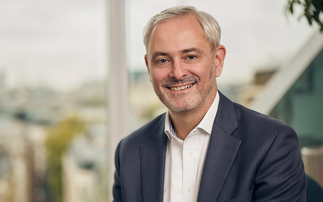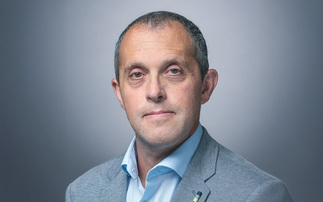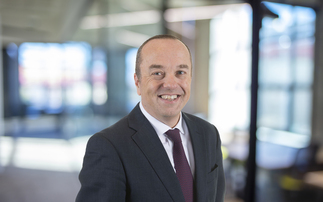
Can you give a brief overview of your strategy in terms of what you are trying to achieve for investors and the role your fund could play in an investor's portfolio? How do you structure this fund?
We aim to deliver long-term capital growth by investing in a concentrated portfolio of companies in the US with the most attractive risk/reward profiles. To do so we use our tried and tested up/down process, spending time modelling the upside (what happens if we are right), and importantly modelling the downside (what happens if we are wrong). At the core of this process is our team of dedicated sector specialists who solely focus on their sectors and have done in most cases for over a decade using the up/down methodology. In our view this leads to efficient, intuitive, and expert allocation of capital through a variety of market conditions.
Our strategies are flexible and macro-aware, maintaining a style-agnostic approach. For Artemis US Select, this makes the fund a good addition to clients' portfolios as a core US equity holding. For Artemis US Smaller Companies, the fund provides a more targeted exposure to companies that derive the majority of revenues from the US, which in our view is perhaps the best breeding ground for global leaders.
In terms of structure, the funds typically hold 40 to 60 stocks. Position sizing is an outcome of our up/down process: those with wider risk/reward profiles command smaller positions, and those with narrow risk/reward profiles command larger ones. Risk management is at the core of the process.
What do you see as the big opportunities and risks for your strategy?
Looking at the US equity market today, we feel we are in an interesting phase both from the perspective of the market and economy, but also from the perspective of an active US long-only manager.
First of all, within the US there is a continuation of positive economic growth and, at least for now, the recession fears seem to have abated. While that may mean we will see fewer interest rate cuts, it is absolutely a set of circumstances that is market-favourable. Positive economic growth will drive good earnings growth in an environment where inflation is moving towards the Federal Reserve's target. Essentially, we have a Fed put in place whereby if we see weakness, we think the Federal Reserve will lean in to cut interest rates more aggressively.
Secondly, as an active manager, we see a real opportunity to deliver returns ahead of the benchmark we are assessed against. Positioning within the so called ‘Magnificent Seven' is part of this – we view them as quite different businesses. Outside of these names, there is significant opportunity down the market-cap spectrum in areas that are less well covered and therefore understood, and offer a more focused exposure to the themes/tailwinds we have identified.
Can you identify a couple of key investment opportunities you are playing at the moment in the portfolio? This could be at a stock, sector or thematic level.
Across both portfolios, we see a huge opportunity in US infrastructure, in particular those areas that are benefiting from the Infrastructure Investment and Jobs Act, CHIPS and Science Act, and certain elements of the Inflation Reduction Act. Within these spending and tax-relief plans there are areas that are highly geared to these tailwinds due to their intersection with industries that have a unique supply/demand dynamic. Cement is one of these. It is a product that is in short supply in the US and is difficult and expensive to transport over long distances, making cement producers in areas that are somewhat landlocked exciting investment opportunities. Names such as Eagle Materials and Vulcan Materials are particularly interesting.
Spending spreads beyond traditional infrastructure and to areas that relate to AI capex. There are many ways of gaining exposure, from independent power producers such as Constellation Energy and Vistra, through to Western Digital (memory chips), and the bellwether Nvidia, to which we retain a healthy overweight position. AI capex is not something that we see as temporary: it is likely to grow as companies come to terms with the scale of the risk/opportunity for their business model.
Cormac Weldon, Head of US equities, Artemis Fund Managers











